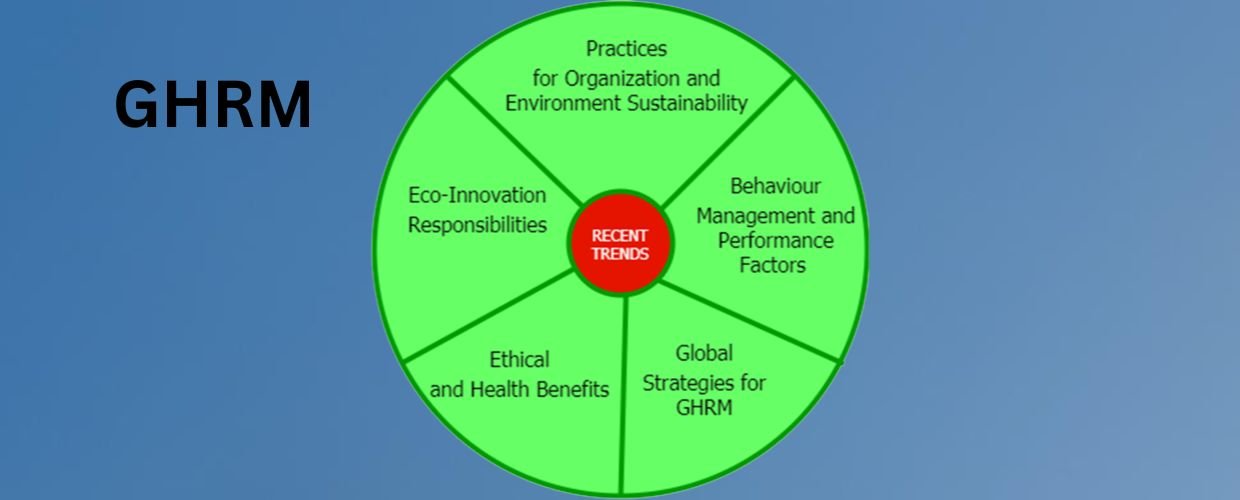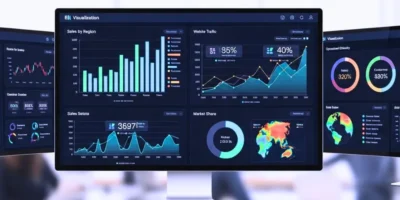Organizations increasingly realize the importance of effective human resource management across borders in today’s globalized business landscape. Global Human Resource Management (GHRM) has emerged as a strategic approach to managing human capital in multinational companies. In this article, we will explore the concept of GHRM, its significance in the modern workplace, and how it transforms the future of work. Whether you’re an HR professional, a business leader, or simply interested in the evolving dynamics of the workforce, this comprehensive guide will provide valuable insights into GHRM.
Understanding GHRM
GHRM can be defined as the strategic management of human resources in organizations that operate globally. It involves developing and implementing HR policies, practices, and systems aligned with the organization’s global business strategy. It considers the complexities and challenges of managing a diverse workforce across multiple countries, cultures, and legal frameworks.
The primary goal of GHRM is to attract, develop, motivate, and retain talent globally. It focuses on creating a harmonized approach to HR practices while accommodating local variations and cultural nuances. It encompasses various HR functions, including recruitment and selection, training and development, compensation and benefits, performance management, and employee relations.
Significance of GHRM in the Modern Workplace
GHRM is pivotal in addressing multinational companies’ unique challenges in the current global business environment. Here are some key reasons why GHRM is significant:
Managing a Diverse Workforce
GHRM enables organizations to address the diversity of their workforce effectively. It recognizes the importance of cultural sensitivity, inclusion, and diversity in the workplace. Promoting diversity and inclusion fosters an environment where employees from different backgrounds can collaborate, innovate, and contribute their unique perspectives.
Bridging Cultural Differences
In global organizations, cultural differences can impact communication, decision-making, and collaboration. It helps bridge these cultural gaps by developing intercultural competence among employees, promoting cross-cultural understanding, and creating a shared organizational culture that respects and appreciates diverse perspectives.
Strategic Workforce Planning
GHRM facilitates strategic workforce planning by aligning HR practices with the organization’s global business strategy. It ensures that the organization has the right talent, with the necessary skills and competencies, to drive business success in different markets. It focuses on talent acquisition, development, and retention strategies supporting the organization’s long-term objectives.
Compliance with Local Laws and Regulations
It helps organizations navigate the complexities of international labor laws and regulations. It ensures compliance with local employment laws, taxation requirements, and labor standards in various countries of operation. Staying up-to-date with legal requirements mitigates legal risks and maintains a positive employer brand reputation.
Transforming the Future of Work
GHRM is transforming the future of work in several ways, shaping the global workforce and HR practices. Here are some notable transformations:
Virtual Workforce
GHRM enables organizations to effectively manage virtual and remote teams dispersed across different geographical locations. It leverages technology to facilitate seamless communication, collaboration, and performance management in a virtual work environment. Its strategies focus on fostering virtual team cohesion, engagement, and productivity.
Talent Mobility and Global Assignments
It promotes talent mobility by facilitating global assignments, transfers, and rotations. It enables employees to gain international experience, develop cross-cultural skills, and contribute to global growth. Its strategies include effective expatriate management, repatriation support, and career development opportunities for globally mobile employees.
Technology-Driven HR Practices
GHRM embraces technological advancements to enhance HR practices. Automated HR systems, digital talent management platforms, and analytics-driven HR solutions are integral to strategies. These technologies enable global organizations to streamline HR processes, improve data accuracy, and make data-driven decisions regarding workforce planning and performance management.
Focus on Employee Well-being and Work-Life Balance
GHRM recognizes the importance of employee well-being and work-life balance in a global context. It prioritizes initiatives that support employee health, mental well-being, and flexibility. Its strategies include policies for remote work, flexible working hours, employee assistance programs, and wellness initiatives tailored to the needs of a diverse workforce.
Overcoming Challenges in GHRM
Implementing GHRM has its challenges. Some common challenges include managing cultural differences, aligning HR practices with local regulations, ensuring effective communication across borders, and balancing global consistency with local customization. However, organizations can overcome these challenges by investing in cross-cultural training, developing a global mindset among HR professionals, building strong relationships with local stakeholders, and leveraging technology to enhance communication and collaboration.
Conclusion
Global Human Resource Management (GHRM) is a strategic approach to managing human capital in global organizations. It plays a vital role in managing a diverse workforce, bridging cultural differences, and aligning HR practices with the organization’s global business strategy. It transforms the future of work by facilitating virtual teams, promoting talent mobility, embracing technology-driven HR practices, and focusing on employee well-being. While GHRM implementation may present challenges, organizations that embrace principles and strategies will be better positioned to thrive in the global marketplace and effectively manage their most valuable asset—their people.













